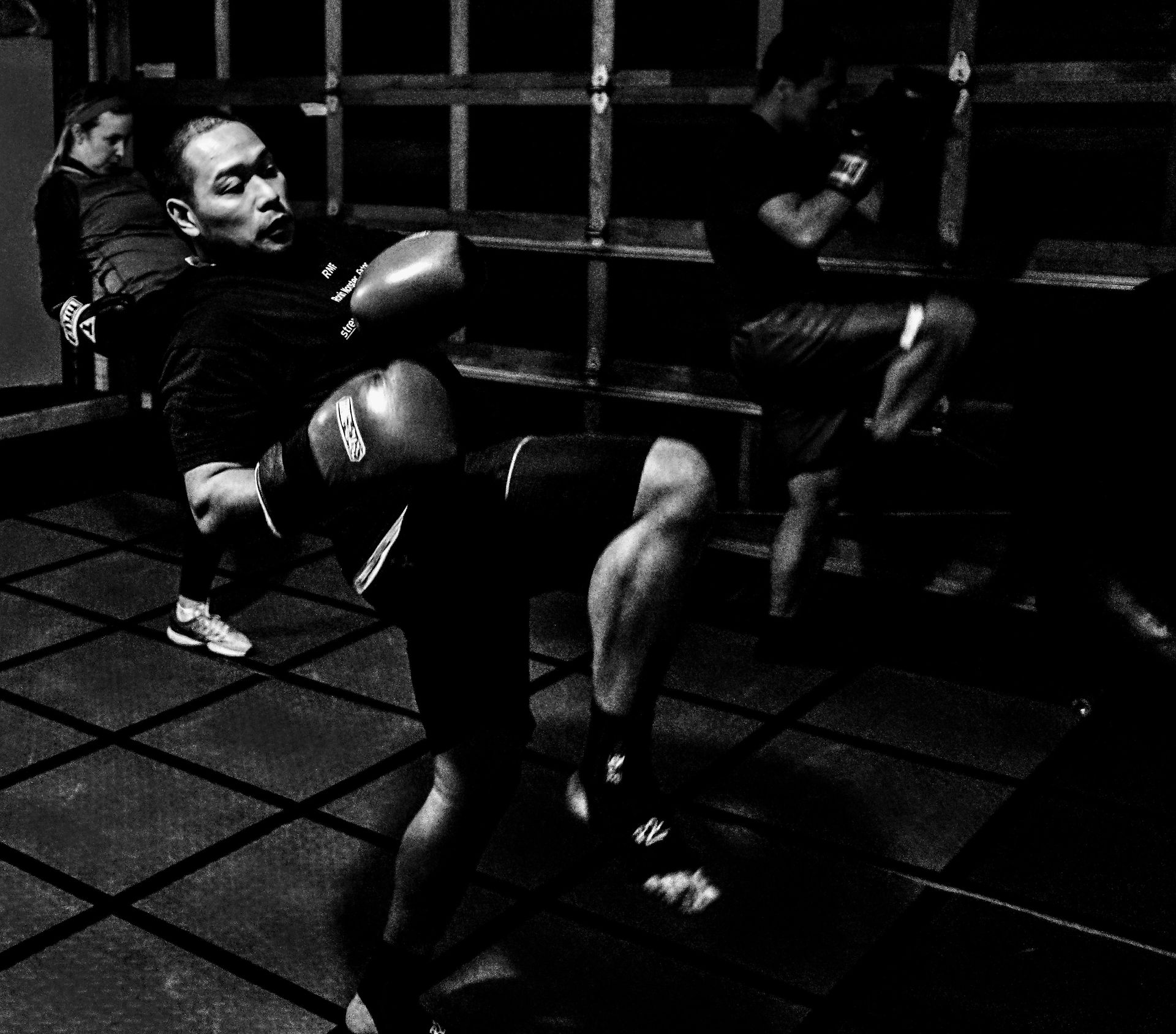
Breath is life
We all know how to breathe, right? Our body instinctively does it. Unfortunately, we develop habits that counteract our body’s natural mechanisms, especially when we’re too overwhelmed or busy to really pay attention to our bodies.
We are, in essence, disconnected from our bodily functions because our minds fixate on external information (music, phones, computers and other distractions).
Breathwork is, unfortunately, not something that’s taught in schools or even by most coaches and trainers. Read on and you’ll learn about some simple tips that can drastically improve your quality of training and subsequently your quality of life!
1. Shut Your Mouth
By breathing through your nose, you increase the production of Nitric Oxide (NO) in your body. NO vasodilates (or widens the diameter of) blood vessels, allowing more oxygen-rich blood to flow throughout your cardiovascular system. More oxygen reaches every cell and improves overall performance.
Nasal breathing is also the safest way to breathe. Not only does it filter out airborne particles and bacteria, but it also helps to regulate moisture levels in the air before entering your throat and lungs.
Nostrils are a smaller airway than the mouth so air flows into the lungs slower. As a result, oxygen and carbon dioxide exchange more efficiently.
Finally, nasal breathing helps you relax and focus. By inhaling through your nose, this triggers the brain to activate the parasympathetic nervous system. This means more:
Relaxation;
Clarity;
Enhanced perception; and
Rational thought.
Conversely, the sympathetic state means:
Tunnel vision;
Instinctive reactions; and
Fight-or-flight responses.
By consciously regulating your breathing pattern, you can actively control stress.
2. Develop Literal Inner Strength
Diaphragmatic breathing is like powerlifting for your respiratory system. The diaphragm muscle aids in breathing, digestion and overall vitality.
Diaphragmatic breathing aids gut health by aiding in digestion and pushing waste out of the large intestine. The up and down movement of the diaphragm massages the organs, increasing blood flow, leading to greater energy, focus, relaxation, quicker recovery from physical activity and a stronger immune system.
3. Puff Out Your Chest
Your rib cage is meant to protect your internal organs, but did you know that it is structured like an air pump as well?
The orientation of the ribs in the front, back and under the arms allow for distinct degrees of movement during inhalation. We get deeper and fuller breaths, which translates to greater volume of oxygen in and carbon dioxide out, and subsequently greater endurance, strength and performance.
Breathing with your ribs also aids our posture and body mechanics. When we breathe using the rib cage, we strengthen neurological connections to the muscles between the ribs (the intercostals) and increase our muscle tone.
Alternatively, when the muscles between each rib are weak, shortened and stiff, the ribs cannot move properly; and we take on a “pear-shaped” aesthetic due to the bulging out of the stomach.
The immobility of the rib cage puts a strain on the neck, causing it to curve forward and distorts your spinal alignment. This is essentially what a tension headache is! Sometimes all you need to do is breathe properly to alleviate and prevent neck and shoulder pain!
If you don’t remember anything else from this blog, remember this: Pay attention to your breath. Simply being aware of your breathing patterns can give you tons of feedback about your state. Set aside a few minutes a day to do just that: stop and pay attention.
I hope this short blog was helpful! If you're committed to reaching your high performance goals, Ronin Monster Factory is here to guide you. Click here to book a strategy call!


Comments